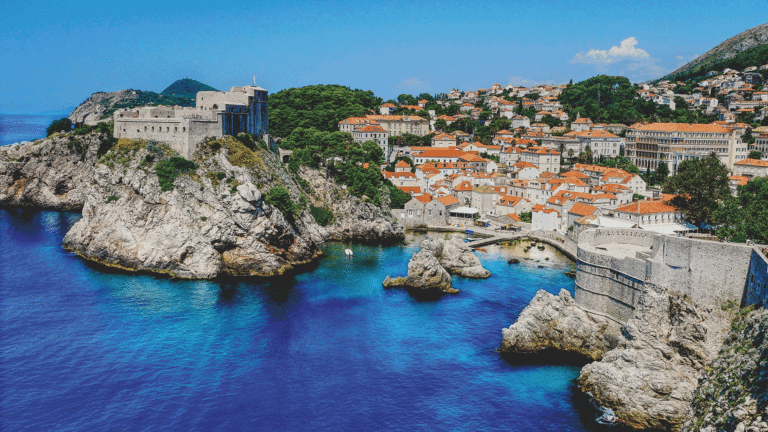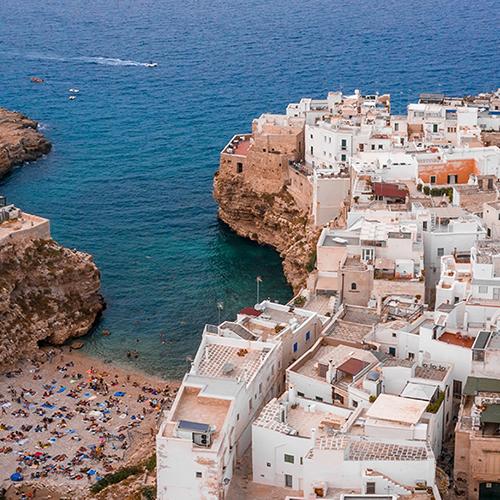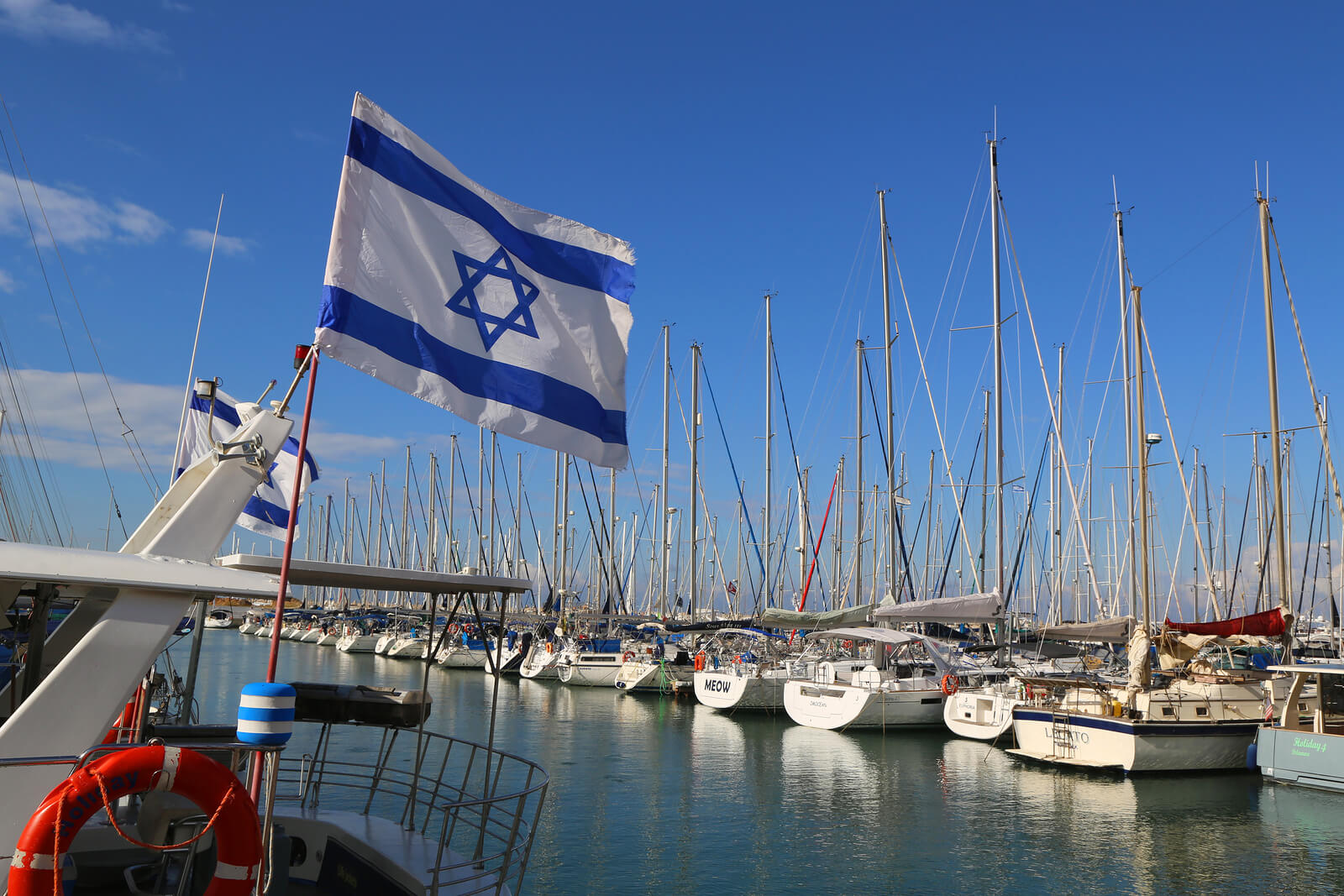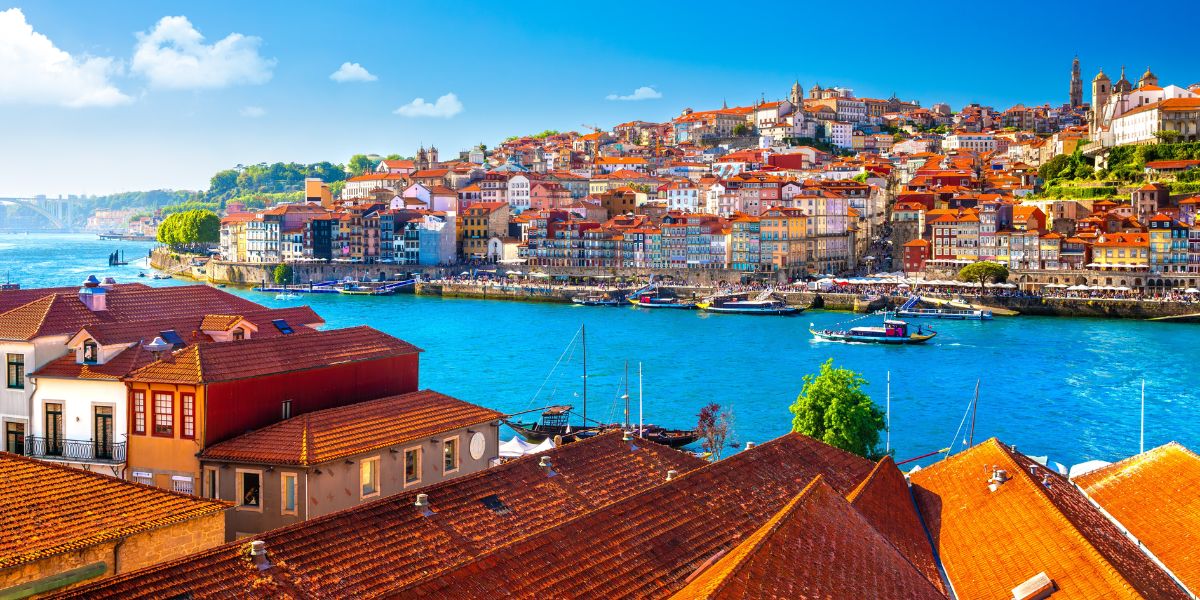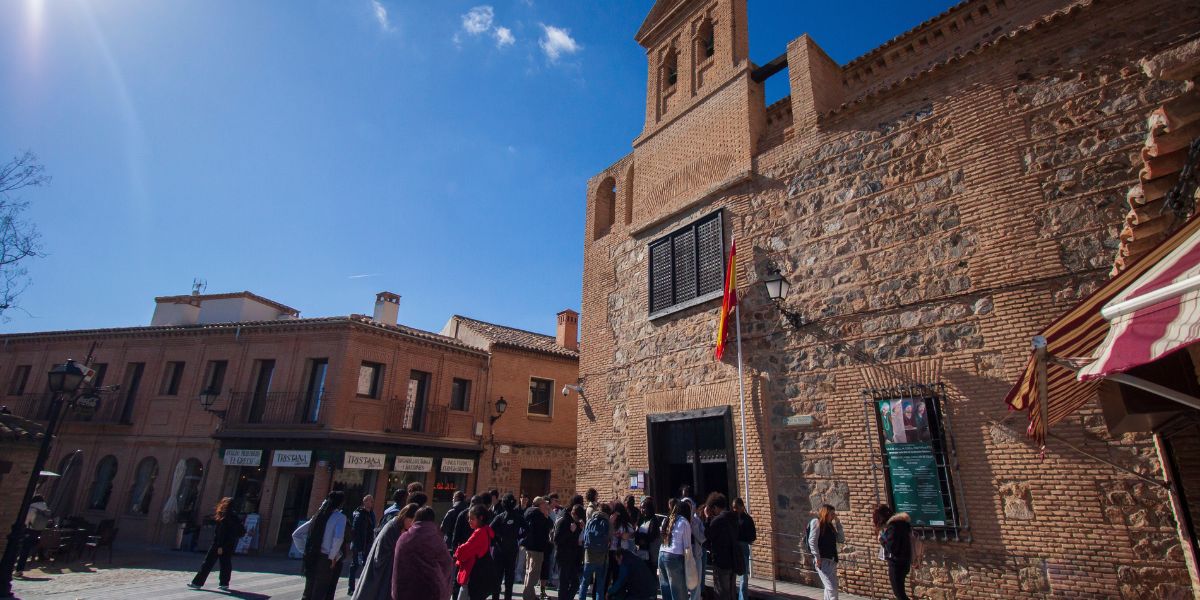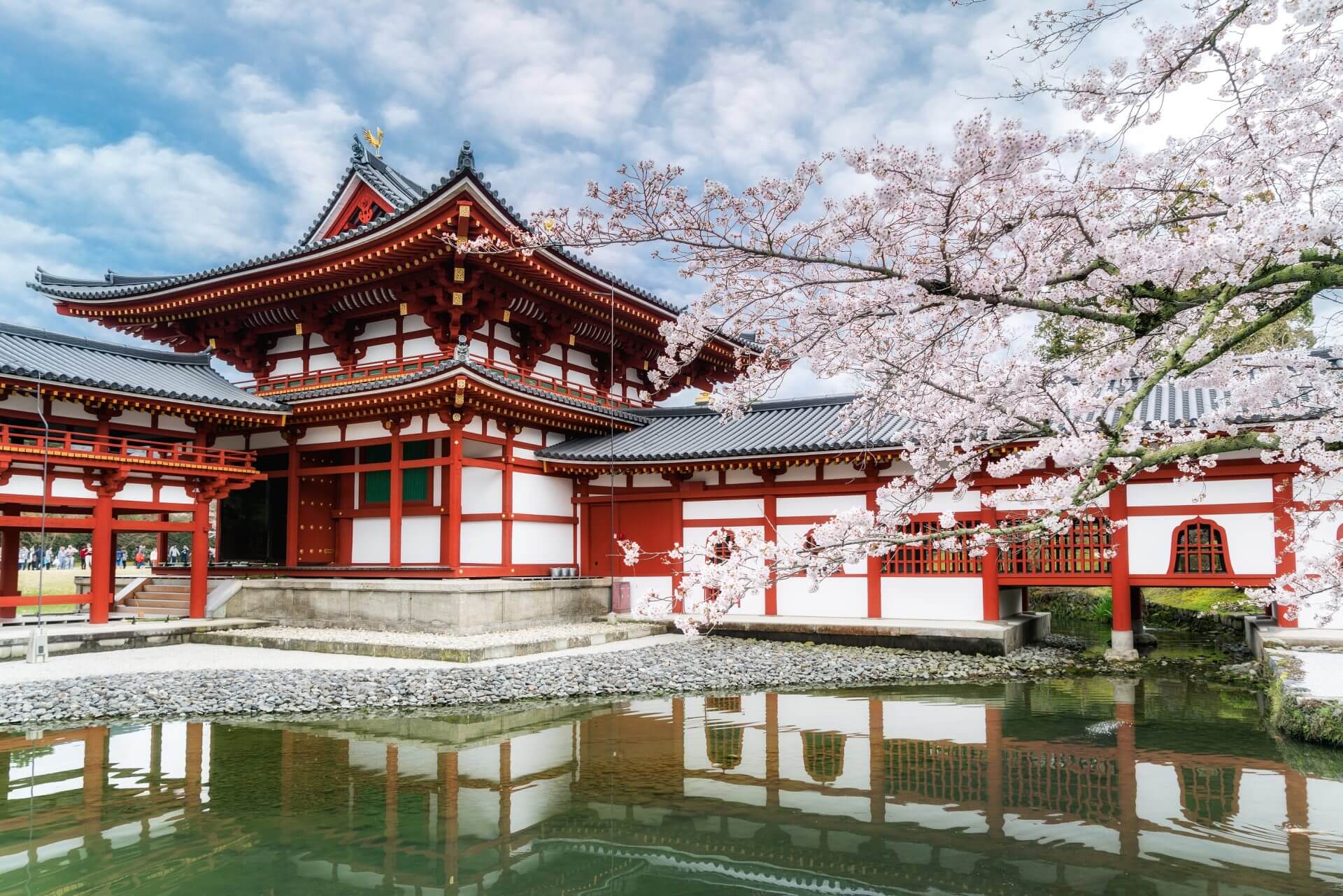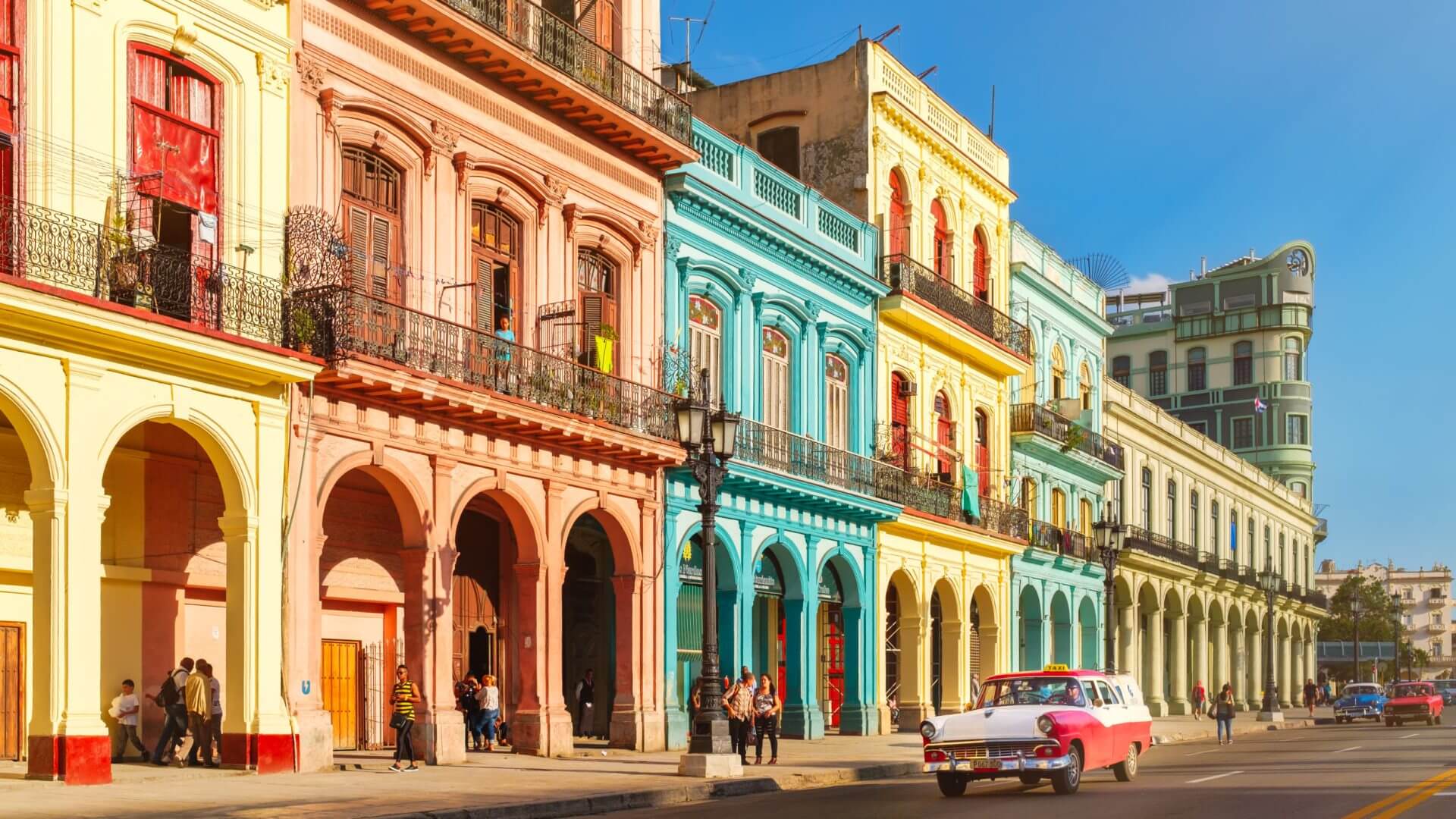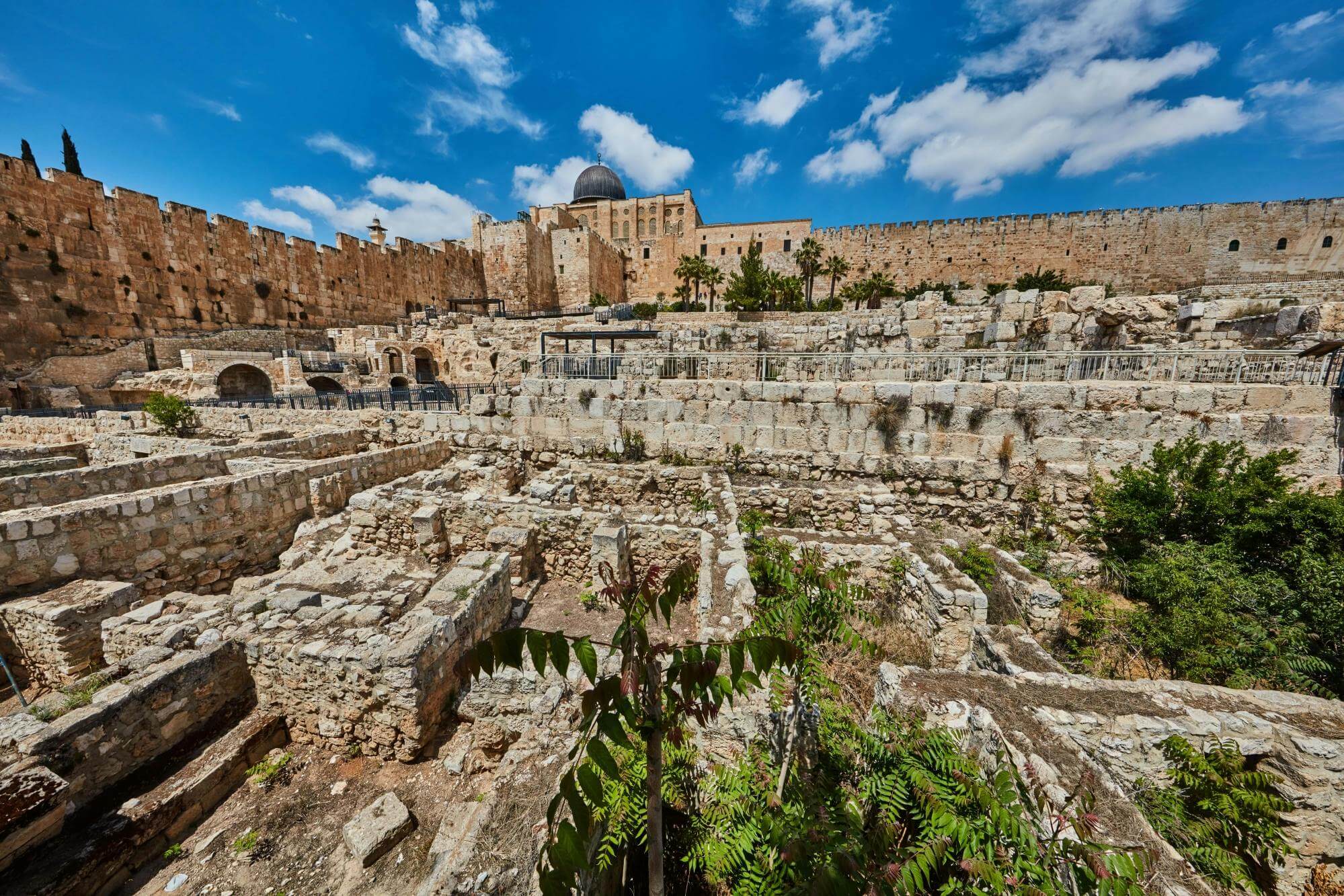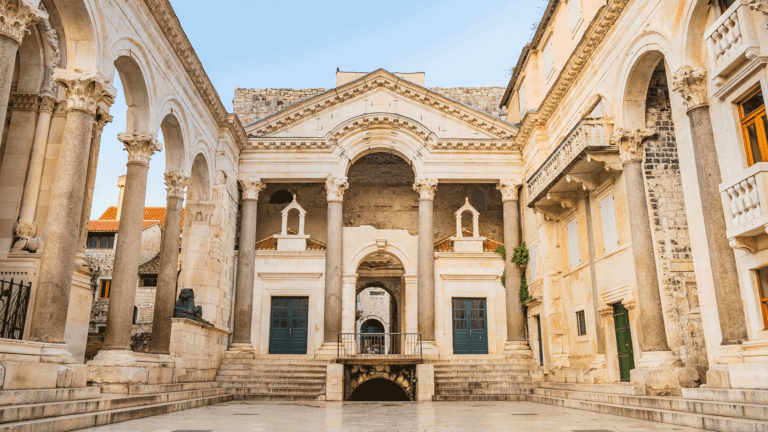If you’re planning a custom tour of Germany’s capital, a tailored senior group experience of Berlin is the way ahead. Luxury senior tours give you the best of Berlin’s world-famous hotels and restaurants, allowing you to explore the city at a relaxed pace – and in a luxurious style – that suits you. The big advantage of a Gil Travel Berlin senior group tour is that if you want to spend hours browsing through some of the world’s most amazing museums and galleries (the Pergamon Museum is now on the UNESCO World Heritage list) there are no time pressures or impatient kids.
Berlin was at the heart of the Haskalah or Jewish enlightenment and experienced the frantic hedonism of the Weimar Republic, the horrors of Nazism, knife–edge Cold War tension, and the cultural blossoming that followed reunification. Our experience is that Seniors want a chance to really dig into Berlin’s history and culture and expect a customized itinerary with expert tour guides, as well as private access to sites that typical tourists rush past. Gil Travel can draw on its contacts in the Berlin Jewish community, and the official tourist authorities to create a once–in–a–lifetime trip Jewish senior tour in Berlin!
This is a time in your life when you can finally visit and explore those places you have only had a chance to dream about and see in pictures. One European city has become a sought-after destination for senior tours—Berlin, Germany. While its young population has branded it a hotspot for young travelers, this city offers a lot to its visitors no matter their age. Rich history, plentiful museums, a thriving art scene, and wonderful restaurants make it a place you’ll want to visit, too.
To see this city’s rich history come to life and get the most from a senior trip to Berlin, make sure to visit these places:
Charlottenburg Palace
This 17th century palace, which is the oldest and largest Prussian estate in Berlin. It was one of the most important German royalty residences. The palace features a massive 50-meter-high central dome. Visitors have a chance to explore the inside of the palace: the rich gilded stucco of a 42 meter long Golden Gallery, porcelain collections in the Porcelain Cabinet, and royal tombs in the Mausoleum. The Palace Park features a New Pavilion in a Neapolitan villa style. Do not miss the large statue of the Great Elector, Frederick William of Brandenburg in the Grand Courtyard.
The Brandenburg Gate
Berlin’s most defining monument and the first neoclassical structure. This sandstone monument is 26 meters high, modeled on the Acropolis in Athens. It features six large columns on each side that form five passages, a four-horse chariot, and two buildings used by toll-collectors and guards.
Reichstag
A huge and elegant Neo-Renaissance palace. Its glass dome, the Kuppel, offers a stunning night view on the city from the rooftop restaurant. This is Berlin’s most famous landmark and the seat of the German Parliament. It was opened in 1894 and housed an Imperial Diet (Reichstag) of the German Empire. Over the years, it was damaged and rebuilt again. The place is open to the public when Parliament is not sitting. To get the most out of your visit to the Reichstag, it is recommended to book a tour in advance to avoid huge, always-present queues of tourists.
Museum Island
a place of the oldest and most important museums, located between the Kupfergraben and the River Spree. Museumsinsel is comprised of the Old Museum (which houses royal treasures and the Crown jewels), the New Museum, the National Gallery and the Bode Museum (which holds collections of antiquities). In 1999, it became a UNESCO World Heritage site. Some of the most famous and important exhibits include the bust of the Egyptian queen Nefertiti, the Pergamon Altar, and Ishtar Gate.
Kaiser Wilhelm Memorial Church
This is the most interesting landmark of the city. It features two churches, a modern one built in 1961 and the ruins of the original church which was destroyed in 1943. The place serves as a war memorial containing architectural remnants, mosaic remains and photos.
Berlin Cathedral Church
A new Baroque-style building, the largest church in Berlin. Its imperial staircase is decorated with bronze cornices and Albert Hertel’s paintings. The church is divided into three sections: the Parish Church, the Memorial Church and the Baptismal and Nuptial Church. Don’t miss the Hohenzollern Crypt which contains monuments from the 16th to 20th centuries, coffins and almost 100 sarcophagi.
Cold War Berlin
Berlin was arguably the most notorious – and also the most iconic – city of the 20th century. Modern Berlin is the splendid capital of a united and democratic Germany and a thriving European city of culture and commerce. But mention Berlin to seniors who remember global events prior to 1989, and it conjures up some very different mental associations. For a whole generation of Americans, Berlin was the divided city that straddled the Cold War front line!
Before 1989, West Berlin was a tiny island of freedom in the heart of communist East Germany, defended by an isolated garrison of American, British and French troops. A custom tour to Berlin can take in historical sites like Checkpoint Charlie, the remaining sections of the Berlin Wall, and some of the locations from classic Cold War spy movies.
Luxury senior tours can be individualized to allow as much time as you want at each site, and can be pitched to a higher intellectual level than typical guided tours for ordinary tourists. If you have specialist interests, it’s possible to dig deeper and Gil Travel may be able to arrange talks on fascinating subjects like Cold War espionage, Berlin Wall escapes and clandestine tunneling, and the hair raising adventures of the United States Military Liaison Mission (USMLM). If you’re a veteran of the Berlin Brigade, a custom tour of Berlin can be a real trip down memory lane with tailored visits to old haunts around the city.
The Berlin-Dahlem Botanical Garden and Museum
the largest and one of the most important botanic gardens in the world. It houses 22,000 different species of plants, divided into sections (medicinal plants, tropical and subtropical area plants, an arboretum with 2,200 species of trees and shrubs, a large pond that forms the centerpiece of the biotope for marsh plants and marine, etc). A must-see is the impressive Botanical Museum which holds the herbarium with more than two million plants.
Jewish Heritage in Berlin: Top Sites and Experiences
There’s no trip to Berlin without touring the numerous Jewish heritage sites throughout the city. Jewish presence in Berlin has been documented as early as 1295, with a peak population of 170,000 in 1933, compromising around 32% of Germany’s entire Jewish population. The history of Jews in Germany has been turbulent throughout the centuries, from years of prosperity and acceptance to persecution, discrimination, and expulsions which eventually led to one of the most tragic events in modern history. Today, the Berlin Jewish community is vibrant and prospering, with several synagogues having been restored and reopened to keep up with the demand!
If you’re a senior looking to explore Berlin with an emphasis on the city’s Jewish heritage, booking a private tour through a Jewish heritage travel agency is something you should consider! In addition to taking out all the stress and guesswork of planning a trip abroad, Travel agencies like Gil Travel will come up with a customized itinerary that will take your preferences, needs, and schedules into account to create an unforgettable and smooth experience.
A local guide will ensure that you get the most out of your Jewish history Berlin tour by navigating you through the city’s streets and history with expert knowledge, captivating stories, little-known facts, and insider information on Berlin’s best-kept secrets! If you wish to learn about Berlin’s Jews on a deeper level, Gil Travel can arrange exclusive meetings with representatives from the Jewish community.
With its rich history and abundance of Jewish heritage sites, it’s a top destination for Jewish senior tours in Berlin. Being a walkable and well-connected city, you will find that, many of the destinations and sites we list are within walking distance, giving you the opportunity to soak in Berlin’s unique culture and stunning architecture.
Jewish Museum Berlin
Immerse yourself in Berlin’s Jewish history by traveling through time in the Jewish Museum Berlin. Here, you can learn about the turbulent history, traditions, and culture of the Jews who inhabited Germany, and in particular, Berlin, from the Middle Ages to the present day.
Opened in 2001, the museum complex is housed in two buildings – an old baroque building and a deconstructivist zig-zag structure designed by world-renowned architect Daniel Libeskind. As the biggest Jewish museum in Berlin, visitors can expect a comprehensive collection that encompasses thousands of works of art, religious objects, cultural artifacts, photographs, and individual collections that illustrate the everyday life, experiences, and culture of German Jews.
In addition to rotating temporary exhibitions, the museum offers a core exhibition called “Jewish Life in Germany: Past and Present. ” This exhibition tells the story of Germany’s Jews in five chapters, from the beginnings of Jewish life in Ashkenaz, the emancipation movement, the Enlightenment and its failure, to the present-day life of Germany’s Jewish community.
Rykestraße Synagogue
Out of all of Berlin’s pre-war synagogues that survived, the Rykestrasse Synagogue is by far the best preserved and largest Jewish house of worship in the city. The stunning brick building was constructed in 1904 and designed to resemble a neo-Romanesque basilica, with intricate chandeliers and dazzling stained-glass windows.
During the Holocaust, the synagogue was seized and used as a stable and warehouse. The synagogue underwent two restoration projects: in 1953 and 2005, when architects Ruth Golan, Kay Zareh, and the Office of the Preservation of Historical Monuments teamed up to restore the structure to its former glory.
Public tours in German are available on Thursdays between 2:00 p.m. and 6:00 p.m. and Sundays between 11:00 a.m. and 4:00 p.m. An English language tour is available at 4:00 p.m. on Thursdays. Entry is permitted until 5:30 p.m. Feel free to join services (held in the conservative rite) on Friday nights and Saturday mornings, and take advantage of a great opportunity to meet the Jewish community, and learn about the local culture and customs!
Memorial to the Murdered Jews of Europe
Paying tribute to the 6 million Jews who were murdered during the Holocaust, this monument is a must-see for anyone embarking on a Jewish Berlin history tour. The site is designed to resemble a graveyard, featuring 2,711 slabs of concrete columns meant to close in and block the sun as you walk through it, creating a claustrophobic and confusing environment.
Attached to the monument is an underground information center with a display that showcases the timeline from the Final Solution, when the National Socialists took power in 1933, through the murder of more than a million Soviet Jews in 1941. The rest of the exhibition is divided into four rooms dedicated to individual families including photographs, farewell letters, diaries of the victims, and more. In the Room of Names, you can read the names of all known Jewish Holocaust victims, provided by the Yad Vashem Holocaust memorial.
This is a great site to visit if you want to pack your day, as the Holocaust Memorial is located a hop and skip away from some of Berlin’s most popular tourist sites, including Brandenburg Gate, the Reichstag Building, Soviet Memorial Tiergarten, the Palace of Tears, and the next site on our list, Topography of Terror.
The Topography of Terror Foundation
During the Third Reich, this site was the headquarters of the Secret State Police- the SS and the Gestapo secret police. Today, it serves the public as a reminder of the crimes these institutions perpetrated throughout Europe.
Visitors will learn about the building’s connection to World War II and the history of the Berlin Wall, which ran alongside the building. Informational signs around the exhibition signs provide visitors with an overview of the historic location and the site’s use during the Nazi period and the postwar era.
Otto Weidt Museum
This unique Jewish museum tells the inspiring story of Otto Weidt – a courageous broom and brush factory owner who employed blind, visually impaired, and hearing impaired Jews throughout the Holocaust.
He and several accomplices managed to prevent several Jewish employees from being deported to concentration camps, not just by giving them work, but by hiding them in the factory and various spots throughout Berlin. It is also documented that he sent 100 food packages to former Jewish workers who were deported to the Theresienstadt ghetto, ensuring their survival.
The small, yet fascinating museum immortalizes his memory and brave actions through photographs, letters, falsified papers, and the original factory tools used to make brooms and brushes.
Guided tours around the exhibition lasting approximately 60 minutes are free and can be arranged in German, English, French, Italian, Hebrew, and simple German, for a minimum of 8 visitors.
New Synagogue
The New Synagogue in Berlin was inaugurated on the Jewish New Year in 1866. The opulent house of worship seats over 3,000 worshippers and at the time, was the center of Liberal Judaism in Berlin. It was designed by Berlin architects Eduard Knoblauch and August Stüler, who took inspiration from the Moorish style of the Alhambra in Granada. The highlight of the synagogue is the large dome covered in gold buttresses standing over 50 meters high that is visible for miles around! The entrance facade is decorated with brick ornamentation and bordered by two towers, also topped with gilded domes.
The New Synagogue was one of the few Jewish heritage sites in Berlin to survive World War II thanks to its status as a listed building. Services ceased in 1940 when the synagogue was seized by the Nazis and damaged by Allied bombing.
On the 50th anniversary of the November Pogrom, a foundation called Stiftung Neue Synagoge Berlin – Centrum Judaicum was established to rebuild the synagogue. The restored and modernized building opened in 1995, after German reunification. Today, it is a center for Berlin’s Jewish community, serving as an assembly venue, an educational space with an archive and library, and houses an exhibition called “Open ye the Gates”, which showcases photographs, architectural fragments, ceremonial objects, paintings, and historical records to document the history of the building as well as Berlin’s Jewish community.
Today, you can marvel at this stunning piece of Jewish history, learn about the history of the building, and even attend a service. For a guided tour, including group tours, of the synagogue, you must contact the Centrum Judaicum in advance.
Old Jewish Cemetery (Alter Jüdischer Friedhof)
Unassuming and located on a busy Berlin street, this historic Jewish heritage site is easy to miss if you’re not looking for it!
The centuries-old cemetery is the oldest Jewish burial ground in Berlin, established in 1672 for the first 50 Jewish families who arrived in Berlin from Vienna 100 years after the last expulsion. By 1827, the cemetery housed the gravestones of thousands of Jews, including those of famous German philosophers Moses Mendelssohn, Marcus Herz, and Jacob Herz Beer.
Like many historic Jewish sites across Germany, the Old Jewish Cemetery was destroyed in 1943 by the Nazis, who turned the grounds into air raid shelters, and later as a mass grave for German soldiers and civilians. After the war, what remained of the cemetery was returned to the Jewish community with part of the site converted into a public park.
When you visit, you will find a symbolic tombstone in honor of Moses Mendelssohn and a sarcophagus filled with some of the destroyed gravestones. This is all that is left of this incredible piece of Jewish history, making it all the more important to visit and keep the memories of the thousands who were buried there alive.
Literaturhandlung
Looking for the perfect souvenirs to cap off your Jewish heritage tour in Berlin? Look no further than Literaturhandlung – a famous Jewish bookstore offering a plethora of Jewish literature in German and Yiddish, in addition to religious items, such as mezuzot, seder plates, candle holders, Tallit, etc. It’s the perfect place to find a meaningful gift for a family member, a friend, or yourself!
Days of Jewish Culture in Berlin (Annual – September)
Since 1987, Berliners, have been able to experience and learn about Jewish life in Berlin from the past to the present day every September during the Days of Jewish Culture festival.
The Jewish Community of Berlin organizes a series of educational experiences that present modern Jewish culture to the public through music, cinema, theater performances, literature, food, guided tours of Jewish sites, and workshops in locations across the city.
This much-anticipated event allows locals and tourists of all ages and walks of life to explore and celebrate the culture, traditions, and contributions of Germany’s resilient Jewish community.
Jewish Film Festival Berlin and Brandenburg (Annual – June)
If you’re a fan of Jewish cinematography, this is for you! Film buffs, directors, and actors from all backgrounds gather in Berlin and Potsdam every June to appreciate the contributions of Jewish storytellers in cinema. All of the films featured, dramas, comedies, and documentaries, combine Jewish themes and history with contemporary issues.
The Jewish Film Festival Berlin and Brandenburg is not only an outlet for Jewish films to reach a diverse audience, but also serves as a platform for discussions about the modern Jewish identity, culture, history, and experiences within the community and society.
Keeping Kosher in Berlin
With Berlin’s growing Jewish community, there is no shortage of kosher options for observant travelers, including the Crowne Plaza Hotel which offers prepared kosher meals. Whether you need a bite of nosh to go or a full-course meal, a quick Google search will show you a variety of fleishig, dairy, and parve restaurants and cafes, as well as several kosher bakeries.
It’s important to note that some restaurants labeled as kosher are open on Shabbat or offer some non-kosher items on the menu, so be sure to call ahead of time to clarify the certification.
The Memorial to the Murdered Jews of Europe
A place of warning and remembrance. Opened in 2005, the memorial features 2,711 concrete slabs. In the underground information center, you can learn about the victims, explore themed rooms, and see historical photographs, film footage of persecution and extermination sites, farewell letters, and diaries of the victims, and more.
